Search
Search Results
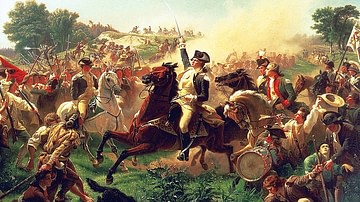
Article
Battle of Monmouth
The Battle of Monmouth (28 June 1778), or the Battle of Monmouth Court House, was the last battle of the Philadelphia Campaign during the American Revolutionary War (1775-1783). After abandoning control of Philadelphia, the British army under...
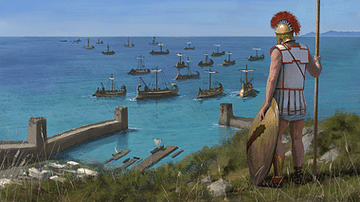
Image
Greek Warships
An artist's impression of what a fleet of Greek warships may have looked like.

Image
British Warships Forcing a Passage of the Hudson Between Forts Washington and Lee
British warships attempting to sail up the Hudson River but being fired upon by Fort Washington and Fort Lee, October 1776. Oil on canvas by Thomas Mitchell after Dominic Serres, c. 1776-1799.
National Maritime Museum of London, England.
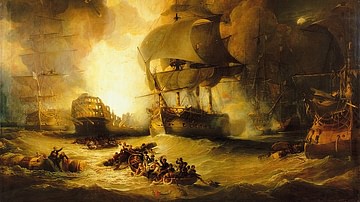
Article
Battle of the Nile
The Battle of the Nile (1-2 August 1798), or the Battle of Aboukir Bay, saw a British fleet led by Rear-Admiral Sir Horatio Nelson (1758-1805) destroy a French fleet at Aboukir Bay near the Rosetta mouth of the Nile River. It was one of the...
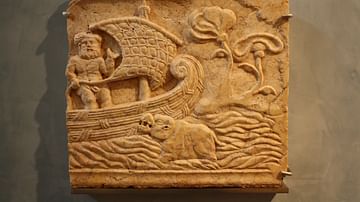
Article
Roman Shipbuilding & Navigation
Unlike today, where shipbuilding is based on science and where ships are built using computers and sophisticated tools, shipbuilding in ancient Rome was more of an art relying on rules of thumb, inherited techniques and personal experience...
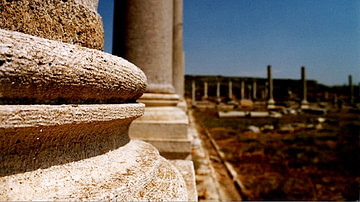
Article
The Hellenistic World: The World of Alexander the Great
The Hellenistic World (from the Greek word Hellas for Greece) is the known world after the conquests of Alexander the Great and corresponds roughly with the Hellenistic Period of ancient Greece, from 323 BCE (Alexander's death) to the annexation...
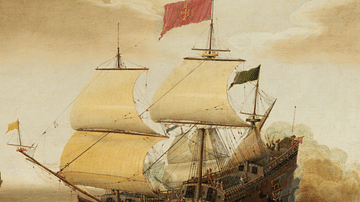
Definition
Spanish Galleon
The Spanish galleon (Spanish: galeón, nao, or navío) was a particularly large type of galleon used for both carrying cargo and as a warship armed with up to 60 cannons. Used from the mid-16th century until the early 19th century, Spanish...
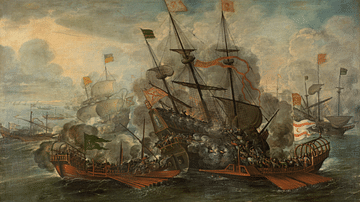
Definition
Spanish Treasure Fleets
From the 16th to 18th centuries, two treasure fleets sailed each year, one to Mexico and the other to Central America, then part of the Spanish Empire. There they collected precious eastern goods and the riches of the Americas, including...
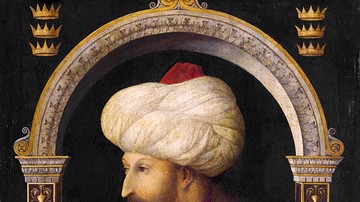
Definition
Mehmed II
Mehmed II (1432-1481 CE), also known as Mehmed the Conqueror, was the seventh and among the greatest sultans of the Ottoman Empire. His conquests consolidated Ottoman rule in Anatolia and the Balkans, and he most famously triumphed in conquering...
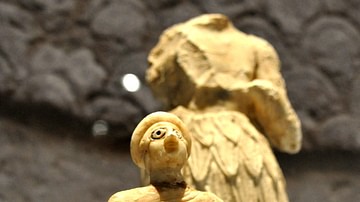
Definition
Religion in the Ancient World
Religion (from the Latin Religio, meaning 'restraint,' or Relegere, according to Cicero, meaning 'to repeat, to read again,' or, most likely, Religionem, 'to show respect for what is sacred') is an organized system of beliefs and practices...